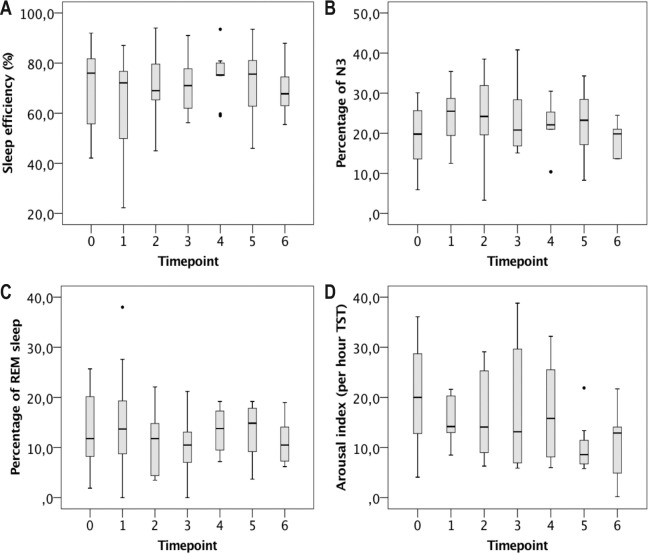Figure 3. Long-term sleep outcomes in patients with late-onset Pompe disease started on non-invasive ventilation (NIV).
Number of patients was 15 at T0 (no NIV), 13 at T2, 11 at T3, 9 at T4, 8 at T5, and 6 at T6. Panels show sleep efficiency (A), percentage of N3 (B), percentage of rapid eye movement (REM) sleep (C), and arousal index (D). Single data points represent outliers. Statistical comparison between timepoints was performed by means of analysis of variance for repeated measures. N3, slow wave sleep; TST, total sleep time.

